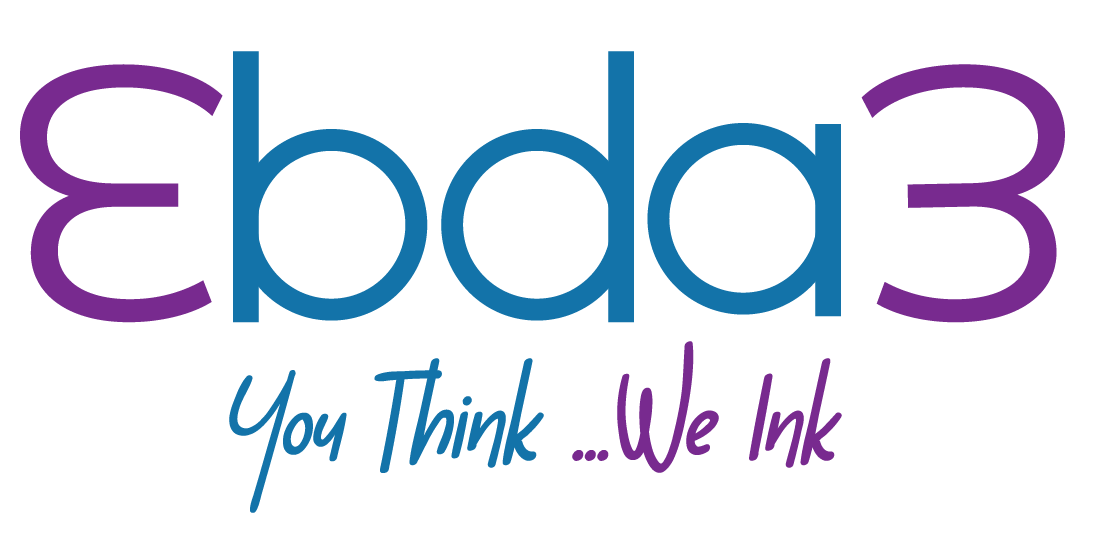What Are the Best Practices for Building an Effective Email Marketing Campaign?

Introduction
Email marketing remains one of the most powerful and cost-effective ways for businesses to connect with their audience, build relationships, and drive conversions. Despite the rise of new digital marketing channels, email continues to deliver one of the highest returns on investment (ROIs). However, not all email campaigns are created equal. To truly harness the power of email marketing, businesses must follow best practices that ensure their messages resonate with recipients and drive action. So, what are the best practices for building an effective email marketing campaign? Let’s break it down.
1. Build a Targeted Email List
The first step in any successful email marketing campaign is ensuring you’re sending your messages to the right people. A targeted email list is crucial for maximizing engagement and conversions. Instead of sending generic emails to a broad audience, focus on segmenting your list based on key factors such as demographics, purchase history, or engagement level. By understanding your audience and tailoring your emails to their interests and behaviors, you can significantly increase the chances of your emails being opened and acted upon.
2. Craft Compelling Subject Lines
The subject line is the first thing your recipients will see, and it plays a pivotal role in whether they open your email or not. A great subject line is attention-grabbing, concise, and communicates the value of opening the email. Avoid being overly salesy or vague—be clear about what’s inside. Personalization, such as including the recipient’s name or referencing their past interactions with your brand, can also help boost open rates. Always test different subject lines to see what resonates best with your audience.
3. Create Engaging Content
Once your email is opened, the content should be compelling and aligned with the recipient’s interests. A strong email should have a clear and engaging message, with valuable information, helpful resources, or exclusive offers. Your content should be easy to read, well-structured, and visually appealing. Use concise copy, bullet points, and attractive images to break up the text and make the email more engaging. Don’t forget to include a strong call-to-action (CTA) that encourages recipients to take the next step—whether it’s making a purchase, signing up for a webinar, or downloading a resource.
4. Optimize for Mobile Devices
With a growing number of users checking their emails on mobile devices, your email campaigns must be mobile-friendly. Ensure your emails are responsive and look great on screens of all sizes. Use a single-column layout, large fonts, and buttons that are easy to click on smaller screens. Testing your emails across different devices and platforms before sending will ensure that they appear professional and are easy to read and navigate on mobile.
5. Personalize and Automate Where Possible
Personalization goes beyond just addressing the recipient by their first name. It’s about delivering relevant, customized content based on the recipient’s behavior, preferences, or previous interactions with your brand. Automated emails, such as welcome emails, cart abandonment reminders, or post-purchase follow-ups, can enhance the customer experience by delivering timely, targeted content without requiring manual effort. By automating parts of your campaign, you can save time and ensure that customers receive the right messages at the right time.
6. Test and Analyze Results
To optimize your email marketing strategy, you need to test and track your campaigns regularly. A/B testing subject lines, CTA buttons, and content formats can provide valuable insights into what works and what doesn’t. Pay attention to key metrics such as open rates, click-through rates, and conversion rates. By continually analyzing results and making data-driven adjustments, you can improve the effectiveness of your email campaigns over time.
Conclusion
Building an effective email marketing campaign requires careful planning, creativity, and ongoing optimization. By targeting the right audience, crafting compelling subject lines, delivering valuable content, optimizing for mobile, personalizing messages, and analyzing your results, you can create campaigns that engage and convert. Email marketing remains a critical tool for businesses of all sizes—when done right, it can drive customer loyalty, increase sales, and help your business grow. Follow these best practices to create email marketing campaigns that truly make an impact.




